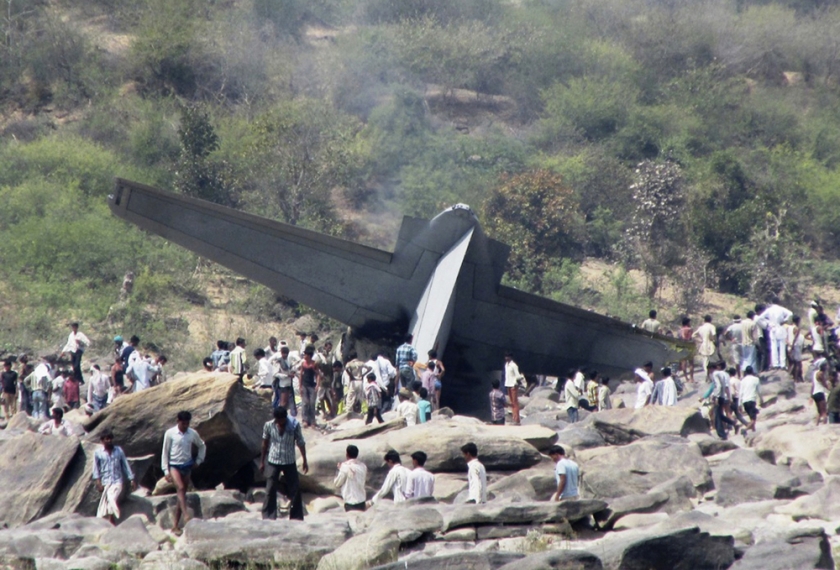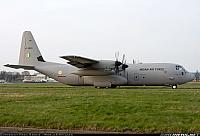C-130 News
C-130 Hercules News
Wake turbulence leading cause of Indian C-130J crash
April 23, 2014 (by
Asif Shamim) -
Investigations into last months crash of Indian Air Force C-130J #KC-3803 are centering on a theory that the aircraft stalled at low level after encountering the wake turbulence from the lead plane during the tactical training mission which lead to the loss of five aircrew.

The crash occurred 72 km or 115 miles west of Gwalior. The plane from 77 Squadron 'Veiled Vipers' was on a routine training mission with another C-130J when the accident occurred.
Initial findings have ruled out any technical fault and have suggested the C-130 failed to avoid the wake generated by the lead C-130J resulting in loss of controls. Errors of judgement by the pilots could have contributed to the incident.
The probability of such a loss of control is particularly high when heavy aircraft are conducting manoeuvres close to the ground. In this case, both aircraft were flying at 300 feet above ground level and had to climb to 1,000 feet when the accident occurred.
While the lead aircraft of the formation successfully completed the simulated “drop”, the second aircraft crashed into a river bed without any warning or distress signal.
Lockheed Martin the manufacturer of the C-130 helped to decipher data from both the flight and voice recorders. Data from both devices seems to corroborate the initial findings from the accident investigators.
Once the inquiry findings are completed, new safety instructions will be issued to the air force to avoid such accidents in future.

Onlookers stand next to the debris of a C-130J #KC-3803 of the Indian Air Force in the central Indian state of Madhya Pradesh. [Courtesy photo]
Initial findings have ruled out any technical fault and have suggested the C-130 failed to avoid the wake generated by the lead C-130J resulting in loss of controls. Errors of judgement by the pilots could have contributed to the incident.
The probability of such a loss of control is particularly high when heavy aircraft are conducting manoeuvres close to the ground. In this case, both aircraft were flying at 300 feet above ground level and had to climb to 1,000 feet when the accident occurred.
While the lead aircraft of the formation successfully completed the simulated “drop”, the second aircraft crashed into a river bed without any warning or distress signal.
Lockheed Martin the manufacturer of the C-130 helped to decipher data from both the flight and voice recorders. Data from both devices seems to corroborate the initial findings from the accident investigators.
Once the inquiry findings are completed, new safety instructions will be issued to the air force to avoid such accidents in future.
Related articles:
External link:
Forum discussion:
Tags
External link:
Forum discussion:
- Start a discussion about this article in the C-130.net forum.
Tags
Additional images:

IAF C-130J-30 #KC-3803 from 77 sqn is taxiing by the camera at Prestwick AP on April 10th, 2011. [Airliners.net photo by Fred Seggie]
